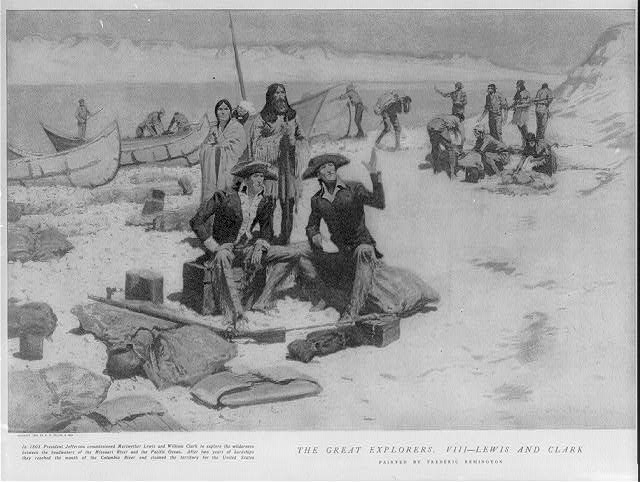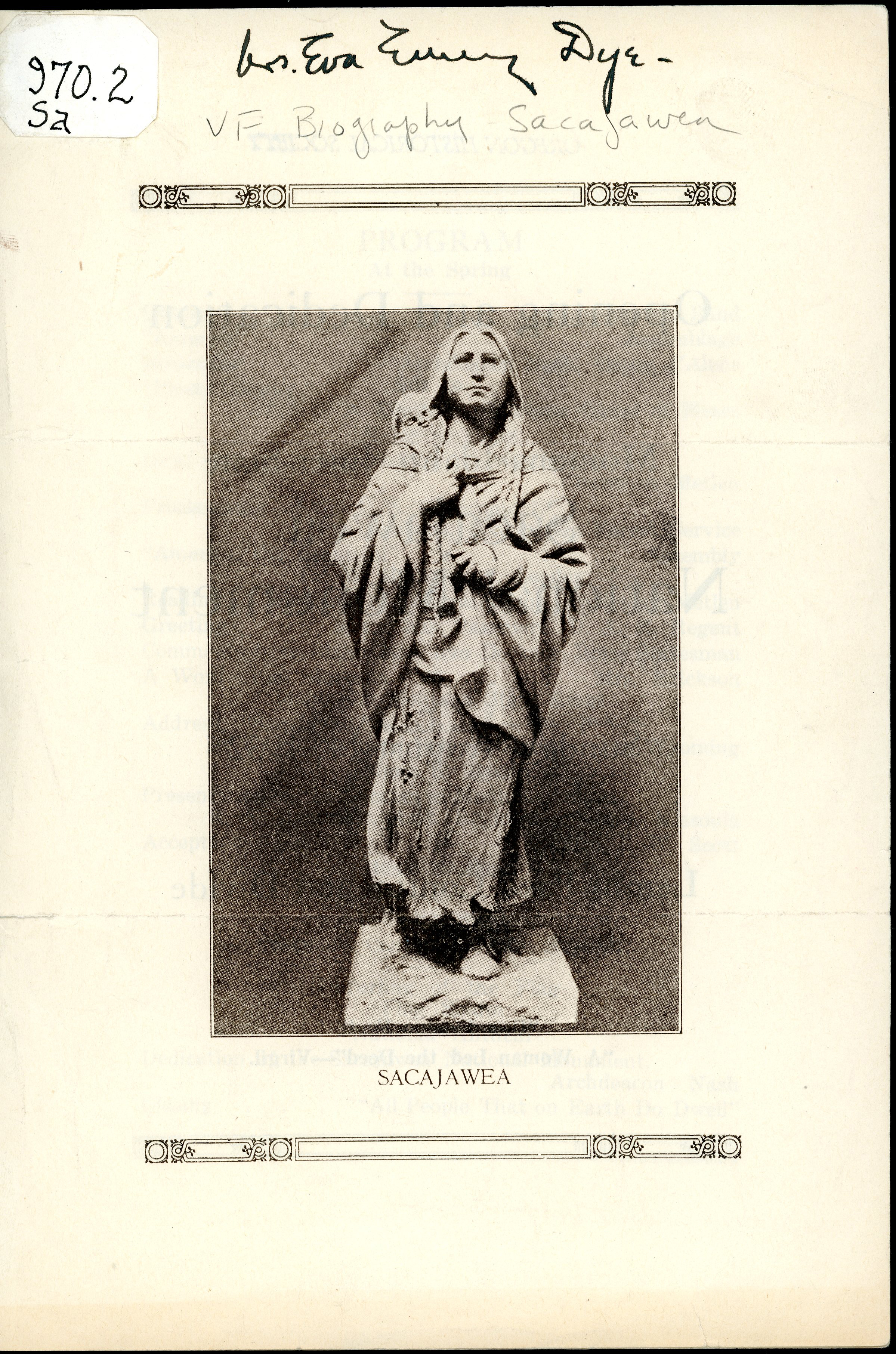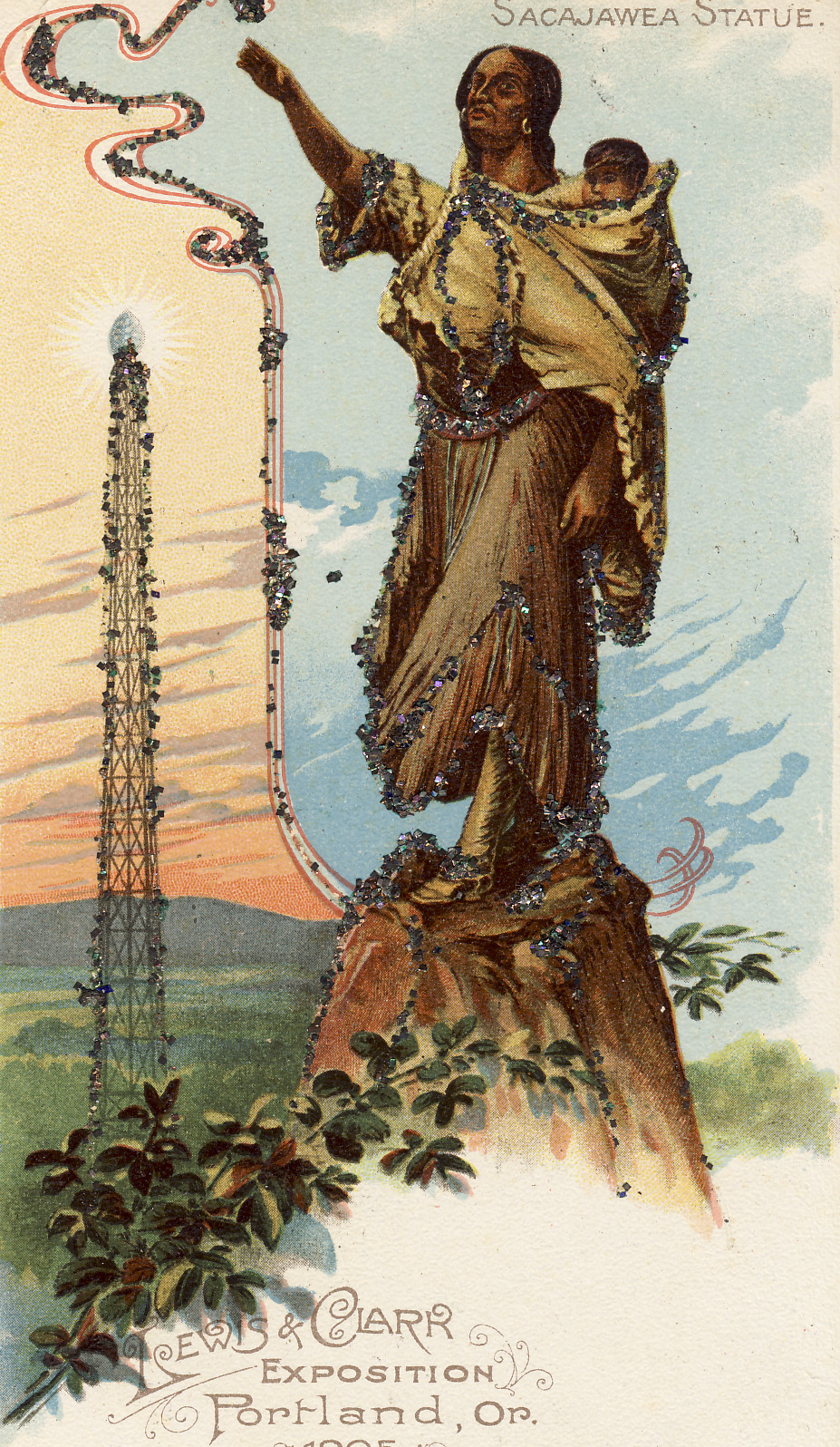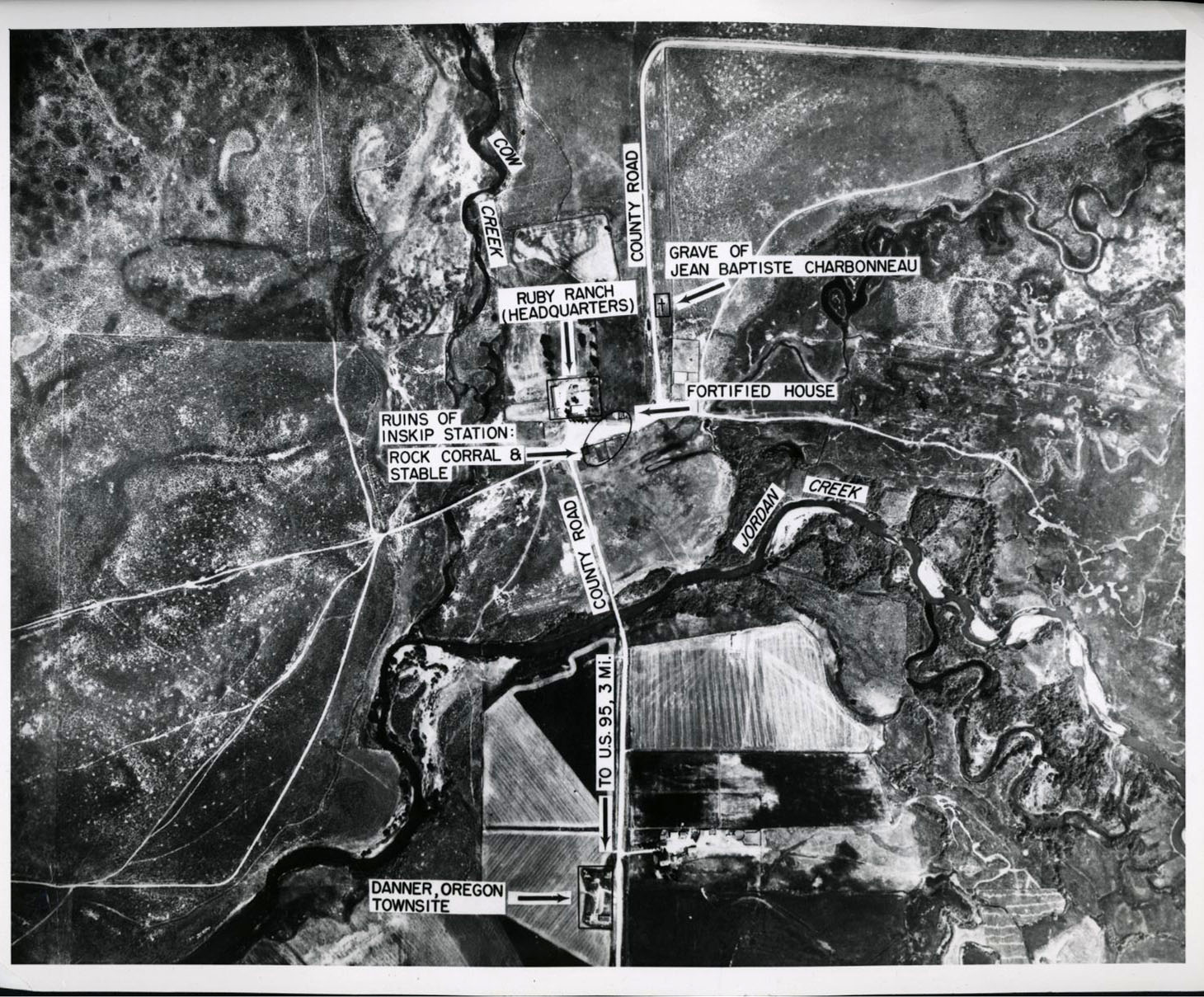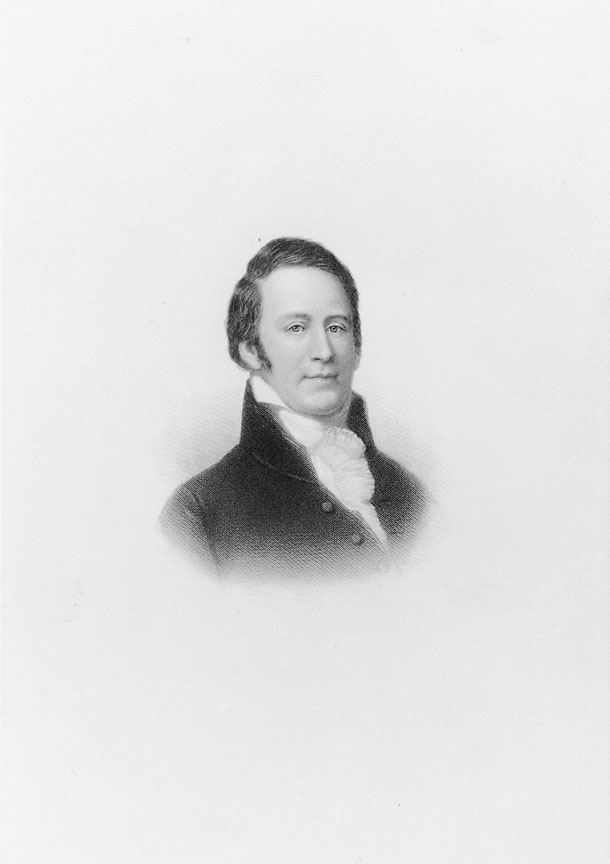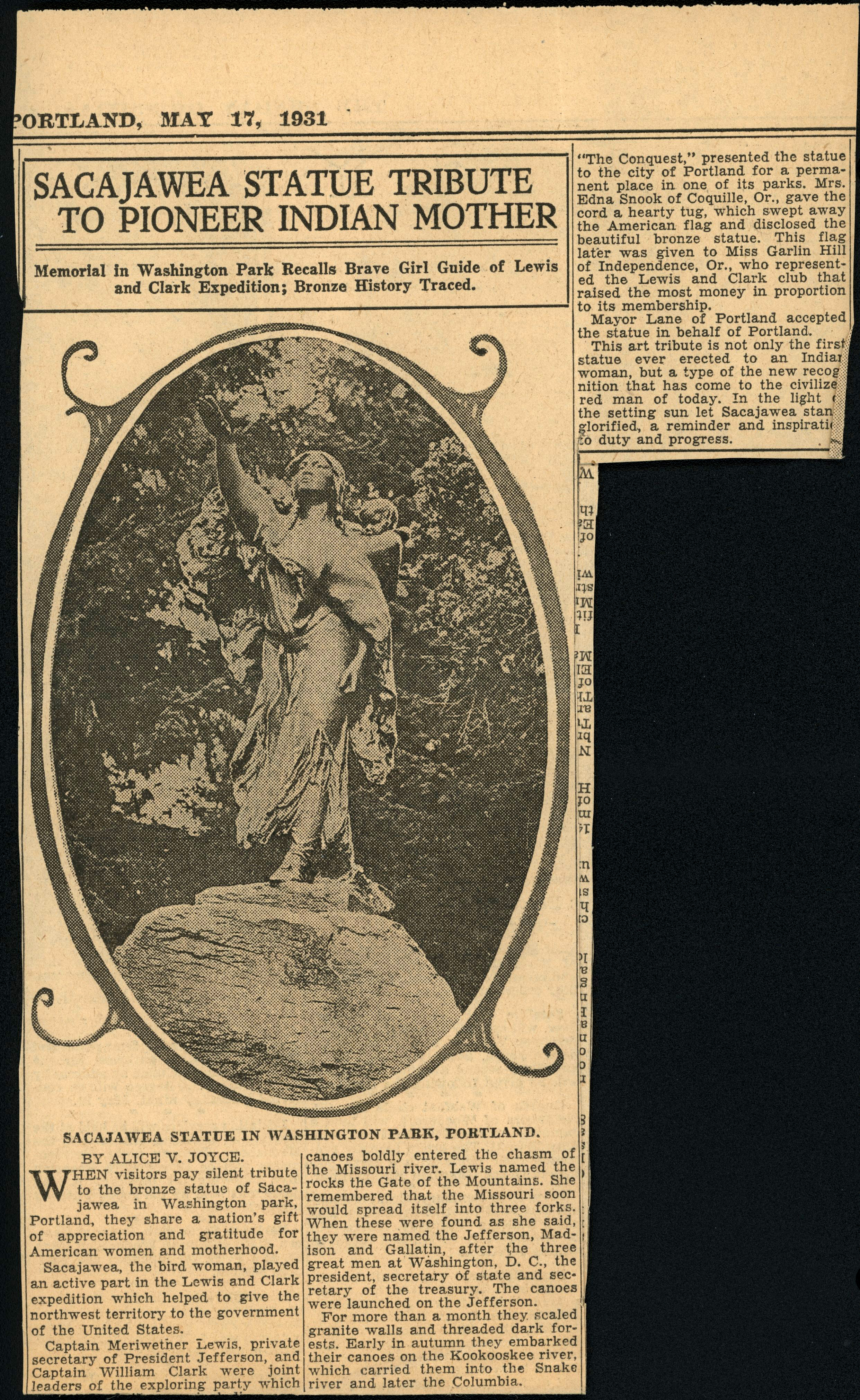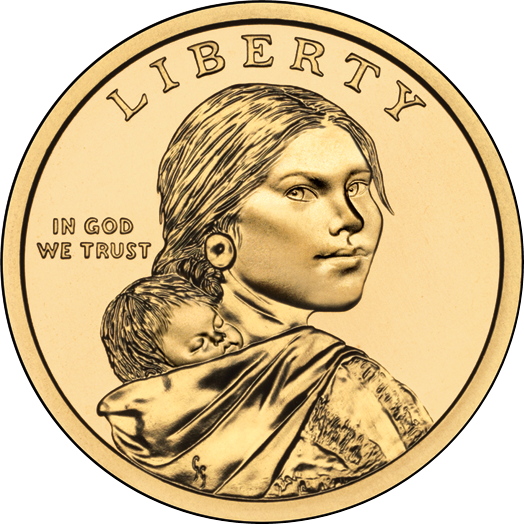Jean Baptiste Charbonneau is remembered primarily as the son of Sacagawea. His father, Toussaint Charbonneau, was a French-Canadian fur trapper who joined the Lewis and Clark Expedition as an interpreter; Sacagawea proved invaluable as the explorers’ interpreter among the Shoshone. Their infant son was carried with them and later managed to travel farther than any other member of the Lewis and Clark Expedition, for he was taken to Europe for several years before making his way back to the Far West.
Charbonneau’s records consist of scattered documents and observations made by others. He was born in the Mandan villages (present-day North Dakota) on February 11, 1805, two months before the exploring party broke camp to move west, cross the Rocky Mountains, and descend the Columbia River to the Pacific Ocean. A few journal entries by Meriwether Lewis and William Clark mention him as “Pomp” and note that Clark named a landmark in Montana Pompey’s Pillar on the Yellowstone River, east of present-day Billings (now Pompey’s Pillar National Monument).
Soon after the expedition members parted on August 20, 1806, after their return to St. Louis, Clark wrote to Jean Baptiste’s father, expressing concern for the family and gratitude for their service and offering several kinds of support. “As to your little son (my boy Pomp)," he wrote, "you well know my fondness for him and my anxiety to take and raise him as my own child.” The child was not yet weaned, but in 1809 the family did move to St. Louis, where Clark had been appointed superintendent of Indian Affairs and had married and begun a family of his own. True to his promises, Clark supported the boy after Sacagawea and Toussaint moved west again in 1811, and paid for his tuition, room, and board for many years.
In 1823, a German aristocrat and adventurer, Paul of Württemberg, traveled up the Missouri River. He met young Charbonneau near the Kansas River and took him to his castle near Stuttgart. There Charbonneau fathered a son, who died within a year. Both men returned to America in 1829. Charbonneau returned to fur trapping and eventually made his way to California as a guide, prospector, and minor official. At age sixty-one, he set out for gold fields in Montana but fell fatally ill along the Owyhee River.
On this bare outline it is tempting to embroider a romantic figure of the Old West: the child of a legendary Native mother, protégé of a great explorer, and chosen companion of an elegant duke, who proved rough and ready on mountain trails, came back to settle on the West Coast, and died while returning to scenes of his infancy. Charbonneau has even been imagined as a man of refined European learning and taste who nonetheless yielded to deep-seated longings for wilderness.
His life was probably far less glamorous. William Clark's support may have begun with the simple affection he expressed as a young bachelor, but in time that motive could have been fused with more practical considerations of a settled official. The education of a half-Indian could produce a model of assimilation, someone useful in negotiations with Indians or in the fur trade. As for Charbonneau's years in Europe, there was a dark side. Many wealthy Europeans brought exotic persons home from abroad, along with other “trophies.” Duke Paul eventually brought two Africans and a Mexican (another part-Indian) back to Germany. A study of the Mexican’s records reveals that he was treated as a servant rather than as a guest—given some schooling but expected to wear the duke’s livery, conform to his religion, and perform menial duties.
Back in America, Charbonneau may have found his way to California simply by making the best of chance opportunities. A long obituary in a California newspaper contains no mention of Lewis and Clark or Duke Paul, but it notes that Charbonneau learned to speak many languages in Europe and describes his mother inaccurately as a “half-breed of the Crow tribe” who gave birth to him in Montana.
In any case, Charbonneau’s time in present-day Oregon was brief and incidental. He spent a winter there as an infant and died of a sudden illness near the Owyhee River on his way to Montana in 1866. He was buried near Danner, southwest of the town of Jordan Valley.
-
!["Lewis and Clark at the mouth of the Columbia River 1805." From Colliers Mag., 1906, by Frederic Remington]()
"Lewis and Clark at the mouth of the Columbia River 1805.".
"Lewis and Clark at the mouth of the Columbia River 1805." From Colliers Mag., 1906, by Frederic Remington Courtesy Library of Congress, Mag_LOT 4392-N
-
![This is Oregon historian Eva Emery Dye's copy of the program, signed by her. Entire document can be viewed on Document tab.]()
Program for the dedication of the Sacajawea (Sacagawea) National Monument, 1932, Lemhi Pass.
This is Oregon historian Eva Emery Dye's copy of the program, signed by her. Entire document can be viewed on Document tab. Courtesy Oregon Hist. Soc. Research Lib., Sacagawea vertical file
-
![]()
Color postcard of the Sacagawea statue at 1905 Lewis and Clark Exposition.
Courtesy Robert L. Hamm
-
![]()
Aerial photo of Danner, Oregon, showing Pomp's grave site, 1963.
Courtesy Oregon Hist. Soc. Research Lib., BLM, Orhi82636
-
![Captain William Clark, c. 1810]()
Captain William Clark, c. 1810.
Captain William Clark, c. 1810 Courtesy Oreg. Hist. Soc. Research Lib., OrHi97395
-
![]()
Sunday Oregonian, 1931, article on Sacagawea and Pomp statue in Washington Park, Portland.
Courtesy Oregon Hist. Soc. Research Lib., Sacagawea vertical file
Documents
Related Entries
-
![Lewis and Clark Expedition]()
Lewis and Clark Expedition
The Expedition No exploration of the Oregon Country has greater histor…
-
![Sacagawea]()
Sacagawea
Sacagawea was a member of the Agaideka (Lemhi) Shoshone, who lived in t…
-
![William Clark (1770-1838)]()
William Clark (1770-1838)
William Clark is indelibly connected to Oregon in many ways, some obvio…
-
![York (ca. 1770–?)]()
York (ca. 1770–?)
York was William Clark's slave and an integral member of the Lewis and …
Map This on the Oregon History WayFinder
The Oregon History Wayfinder is an interactive map that identifies significant places, people, and events in Oregon history.
Further Reading
Susan M. Colby. Sacagawea’s Child: The Life and Times of Jean-Baptiste (Pomp) Charbonneau. Spokane: Arthur H. Clark, 2005.
Albert Furtwangler. Sacagawea’s Son. Portland: Oregon Historical Society Press, 2004.

